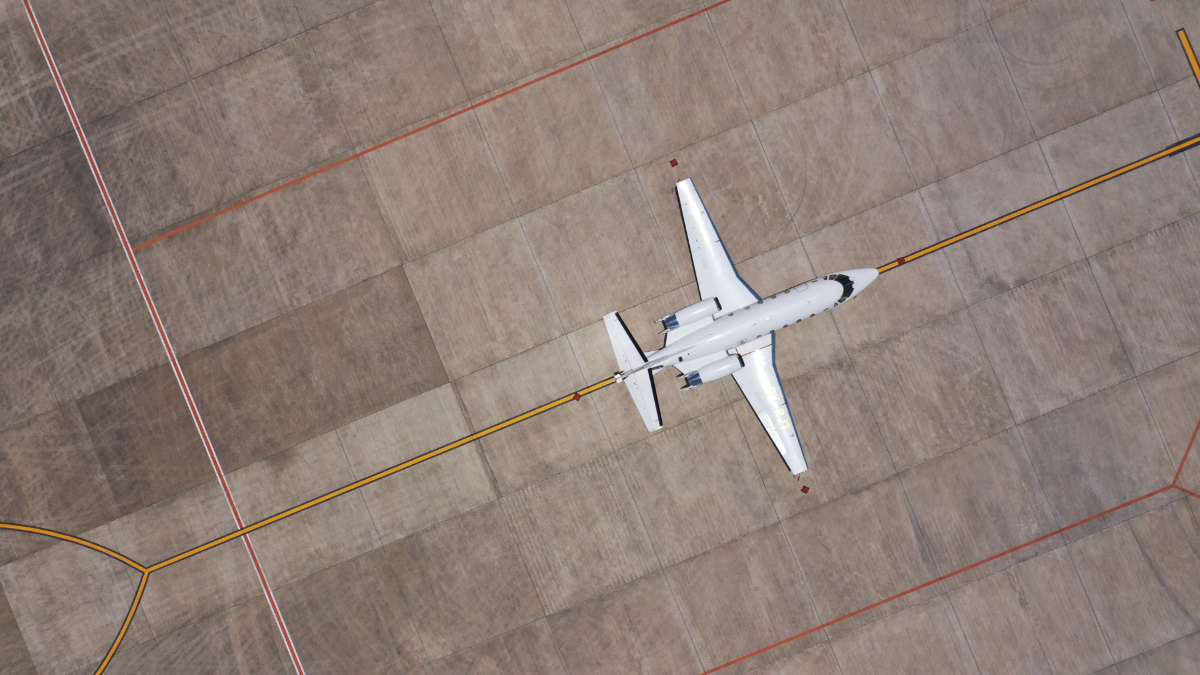Business aviation, frequently visualized through the lens of opulence and exclusivity, plays a much more essential role in the global economy than it is often credited for. It is a significant economic contributor, fostering job creation, trade, and investment on a global scale. Let’s explore the impressive facts and figures that outline its remarkable economic impact.
On a global scale, business aviation contributes massively to economic productivity. The General Aviation Manufacturers Association (GAMA) reported that in 2021, the industry generated over $276 billion in total economic output worldwide. This figure not only includes direct contributions from manufacturers, operators, and support services but also indirect and induced impacts, resulting from supply chain spending and expenditures by industry employees.
Further highlighting the scale of the industry, as of 2021, there were approximately 22,000 business jets in operation worldwide.
Business aviation also supports a significant number of jobs globally. As of the same report, it was responsible for more than 1.7 million jobs, encompassing direct, indirect, and induced employment. These are high-quality, well-paying jobs that span a multitude of roles, from engineers and pilots to service staff and administrative professionals.
In Europe, business aviation is an equally significant economic driver. According to the European Business Aviation Association (EBAA), the industry contributed €87 billion ($103 billion) to the European Union’s GDP in 2020. Additionally, it supported over 374,000 jobs, demonstrating its critical role in the region’s economic health. Europe is also home to around 3,500 business jets, reinforcing its substantial role in the business aviation landscape.
Moreover, Europe has been at the forefront of advancing the environmental sustainability of business aviation, which in turn stimulates innovation and economic growth in the green technology sector.
The future of business aviation is promising. Research conducted by the consultancy firm Oxford Economics forecasts steady growth for the industry over the next decade. The global fleet of business aircraft is expected to grow by approximately 60% by 2030, which could increase total economic output to over $400 billion and support nearly 2.5 million jobs worldwide.
In Europe, the projected growth is equally optimistic. The EBAA anticipates the European business aviation market to grow by around 3% annually, potentially leading to a cumulative increase in GDP contribution to over €100 billion ($118 billion) by 2030.
In essence, the business aviation industry is an unsung hero in the broader economic narrative. Its substantial contribution extends far beyond the confines of the airport, permeating various sectors of the economy. As we navigate the new normal post-pandemic, the role of business aviation as an economic catalyst will be more critical than ever. Understanding and acknowledging its economic impact can pave the way for policies and strategies that further leverage its potential, driving economic growth and prosperity in the years to come.
